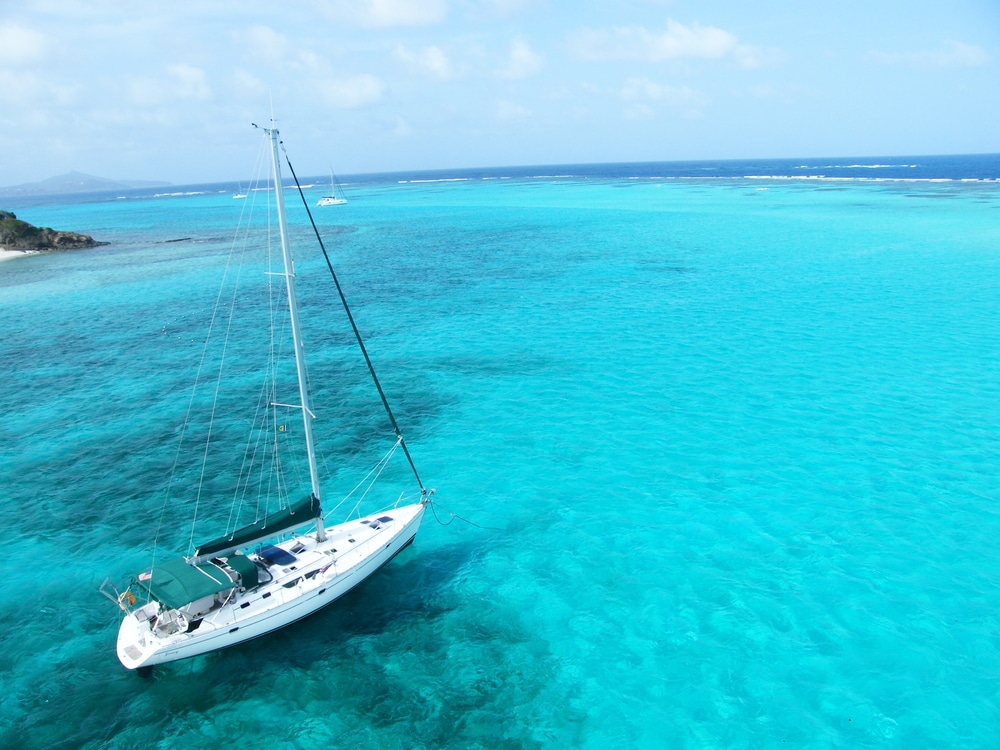Crossing the Atlantic by sailboat is the dream of many sailors and adventurers. This exciting journey from Europe or Africa to America is not only a great challenge, but also a unique chance to experience the vast expanse of the ocean.
Best time to cross the Atlantic
The best time to cross the Atlantic is between October and January. During these months, the trade winds blow particularly favourably, which makes it easier to sail in a westerly direction. These winds are stable and allow for a safer and more pleasant crossing. Many sailors start their journey from the Canary Islands or the Cape Verde Islands to benefit from the best wind conditions. Another important reason for this departure time is that the hurricane season is then over, which greatly increases the safety of the trip.
Preparing for the adventure
Thorough preparation is crucial for a successful Atlantic crossing. In addition to extensive sailing knowledge, safety precautions and emergency plans are also essential. Here are some key points to keep in mind:
Boat choice
: Your boat should be seaworthy and have sufficient safety equipment.- Provisions: Plan enough food and drinking water for the entire trip. An Atlantic crossing can take 15 to 30 days.
- Installation: A reliable navigation system, radios and up-to-date nautical charts are indispensable.
- Safety exercises: Regular safety drills on board increase safety. All crew members should be trained in the use of the equipment.
- Weather: Use modern technologies to get up-to-date weather data and forecasts.
The right route and sailing strategy
When planning the route, you have two main options: either sail directly from the Canary Islands to the Caribbean or choose a more southerly course via the Cape Verde Islands. The latter route is often preferred, as it offers more stable and constant winds. The trade winds from the northeast only start south of Cape Verde and make the crossing much easier.
Life on board during the Atlantic crossing
Living aboard a sailboat during the Atlantic crossing is a unique experience. You spend weeks in a confined space with the crew, which requires tolerance, patience and team spirit. However, the endless expanse of the ocean and the impressive nature create unforgettable moments. The encounters with dolphins, the observation of starry skies far away from artificial light and the magical sunrises and sunsets are just some of the highlights of this trip.
Safety and Emergency Preparedness
Safety is the top priority when crossing the Atlantic. All crew members should be familiar with the safety precautions and regularly participate in exercises. This also includes knowledge about first aid measures and how to deal with emergency situations. Access to current weather data via satellite phone or the Internet can be crucial in order to be able to react to weather changes in good time.
Arrival in the Caribbean

After weeks at sea, arriving in the Caribbean by sailboat is an overwhelming experience. Most sailors prefer the Lesser Antilles as the destination of their trip, especially Martinique. This French overseas department offers not only safe havens, but also a fascinating culture and beautiful landscapes. Martinique is also a popular starting point for the return trip to Europe.
Result
Crossing the Atlantic by sailboat is an adventure that requires courage, preparation and team spirit. The endless expanse of the ocean, the impressive nature and the special experiences on board make this trip an unforgettable experience. If you are well prepared and choose the right route, nothing stands in the way of your Atlantic crossing adventure. Set sail and experience the fascination of the ocean!


